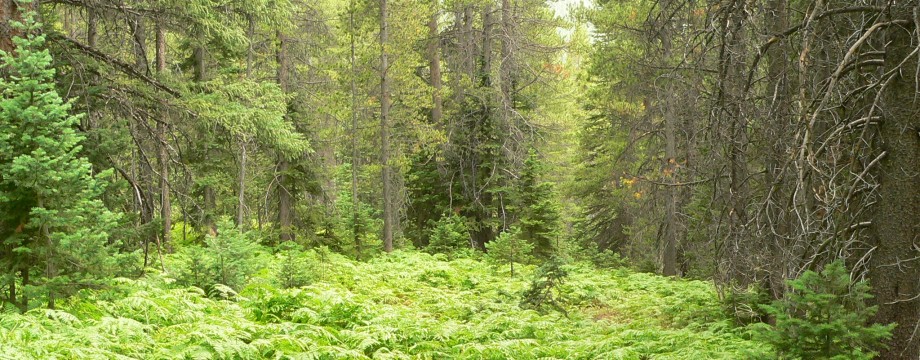This morning dawned partly cloudy, very warm and humid. I, however, was sleeping at the time! We had an 8:45 start to our day today. We started out at Boone Hall. This is a plantation with amazing history. The original plantation house was built in 1681 on 500 acres that was granted to John Boone by the Eight Lords Proprietors (who got 500,000 acres granted them by Charles II!). The house we toured was the fourth manor house built on the site, and it was built in 1935. We toured the house and gardens and it was interesting, but not as interesting as touring the slave quarters on the property. The houses were small brick structures that were home to hundreds of enslaved human beings. Each house had audio explanations, plus cases with artifacts and pictures on the wall to teach about different parts of slave life.

Boone Hall. This plantation first grew a plant called indigo, used to make blue dye. Then it grew cotton, then they made bricks. Nearly all the labor was done by slaves.
After the tour, we rested at an outdoor theater area and listened to and watched a woman named Zenobia Washington. She taught us about Gullah language and culture. Gullah is hard to explain. To understand Gullah, you have to know that when the slave trade began, slave traders got the people that they were going to sell into slavery in West Africa. Now, we think of West Africa as one place with one kind of people, but in fact, it is a huge area and the people that were enslaved spoke over 40 different languages and had about that many separate cultures, traditions, religions and life styles. Slave traders, on purpose, put people from many West African cultures on each slaver ship in order to keep them from banding together and resisting. It’s hard to form resistance to your captors if you don’t speak the same language as your fellow captives. When the enslaved Africans arrived in America, the greatest majority were brought first to Charleston. They were sold at the slave market, and sent to plantations throughout the south. Those plantations, according to Zenobia Washington, became those slaves’ “whole universe”. Think about it, if you were forced from your home, then stuck with a group of people, all strange to you, then sent to live the rest of your life somewhere as a slave with those people, what would you do? What they did was to meld all those 40 languages, plus English, Portuguese, French, Dutch and any other language that you were around into a new language. You’d take all your beliefs and traditions and mix them up with all the traditions and beliefs of the people you were around. The result, is Gullah. Zenobia made it very clear that “this was not a transplanted culture.” She explained it by saying that all the different ways of life were bleeding and sweating off and mixing together. She added that “the more you are around people different from you the less you stay the same.” I think that is really wise, and I’m going to spend some time thinking about that.

Slave houses sit all in a row. The one closest to the mansion usually was used as a church, so that slaves could worship on Sundays and the masters could keep an eye on them.
The next thing we did today was go on a walking tour of historic Charleston. We ended up at a museum called the Old Slave Mart. The museum is dedicated to the domestic slave trade. What this means is this: Slavers brought West Africans to the United States from the 1600s until 1808. In 1808, it became a crime to import human beings for slavery. So, from 1808 until the end of slavery, people weren’t brought in for slavery. Instead, children born here to slave parents became the next generation of slaves. The building where the museum is housed is the actual place that slaves were taken to be sold. It is just an old brick building, but it made me feel uneasy and sad. Thinking about how horrible it was to be in chains, and to stand on a small stage having men buying your children away from you, or your brother, or your husband, and not having any way to do anything about just made me sad.
I don’t want to end today’s blog on a sad note. So I have one more thing to share. Gullah women make really cool baskets. They are called sweet grass baskets and they are made of pine needles, sweet grass, bull rushes, and palmetto leaves. They are really neat and I bought one to bring home and show everyone!





2 Responses to Day two- Boone Hall, Gullah Culture, walking tour of Charleston and Old Slave Market